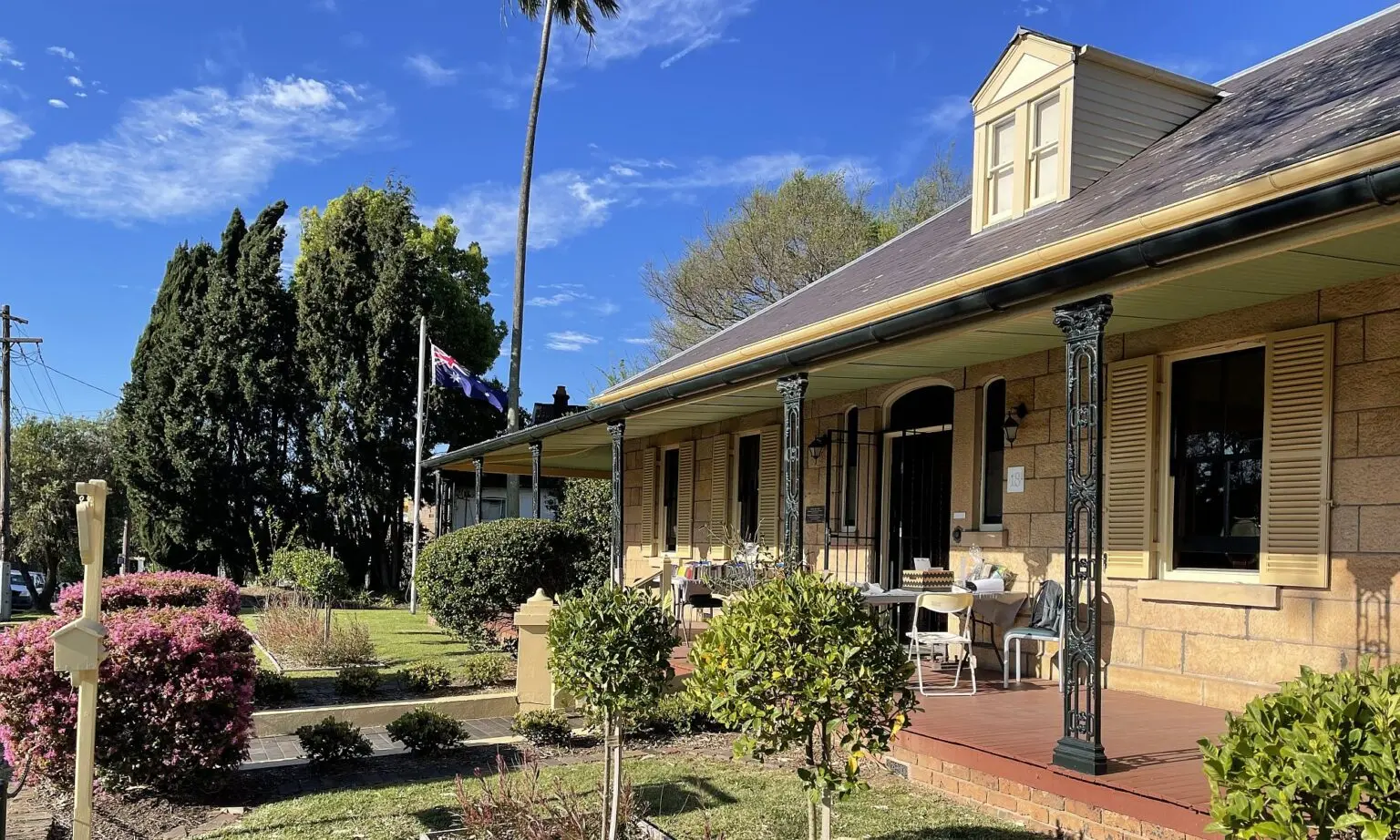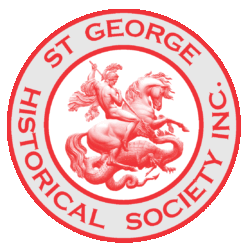by Mrs. J. Fairhall Sadly Sylvia passed away on September 23rd 2013. She was a member of “St. George Historical Society” but because of her address at Niagara Park, she was unable to attend our meetings at Rockdale and “Lydham Hall”, but looked forward to receiving our Journals. Arriving from England in 1950, aged 16, …
75th Anniversary of Bexley’s 1926 Uniting (Methodist) Church
by Dr. James N. Pendlebury The Bexley Uniting (formerly Methodist) Church stands on a generous block of land in tree-lined Gladstone Street, surrounded in the main by Home Units and villas where once comfortable homes existed. Its large expanse of lawn reminds one of how things used to be. At night its illuminated front stained …
Continue reading “75th Anniversary of Bexley’s 1926 Uniting (Methodist) Church”
Looking For History
by James Kane An eminent English historian said that the most essential pieces of equipment for historians are a notebook and pencil and a stout pair of walking boots. Certainly this district has history in plenty for those prepared to go and look for it. There has long been a useful human compulsion to celebrate …
Vale: Dora Victoria Lenane, April 7th 1919 – September 7th 2013
by F and B Lenane Our Mum, Dora Victoria Lenane, was born in June on 7th April 1919, making her 94 years young. Dora’s many friends knew her by name, but her very large family always knew her simply as Mum or Nana. Neither name reflects the amazing energy and joy of life that Mum …
Continue reading “Vale: Dora Victoria Lenane, April 7th 1919 – September 7th 2013”
Stone’s Slaughter Yards
by B.J. Madden Within what is now the Bexley Golf Course was a slaughter-house operated by C J Stone. The slaughter-house was adjacent to the creek which flows through the eastern end of the golf course, and blood from the slaughtered cattle ran into the creek. Blood was also buried in trenches in a paddock …

